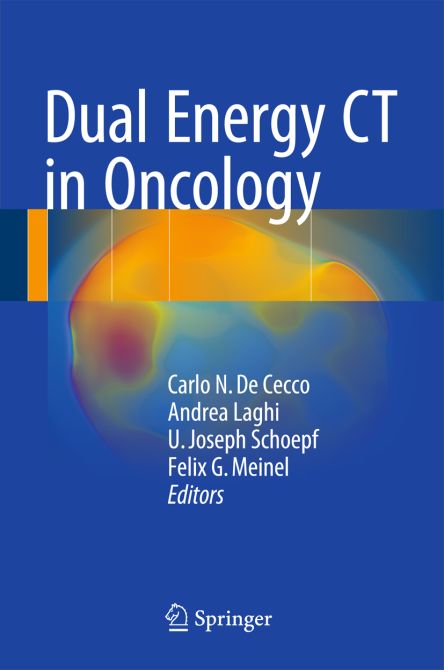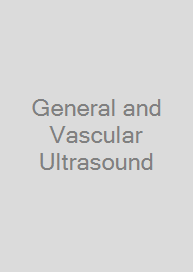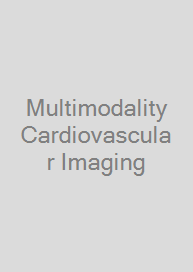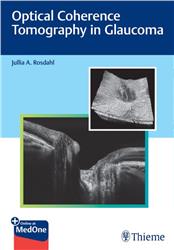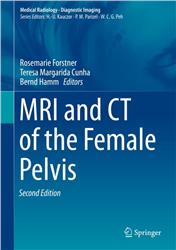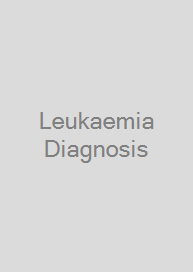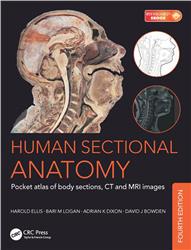Dual Energy CT in Oncology
| Auflage | 2015 |
| Seiten | 150 pp., 110 illus. |
| Verlag | Springer |
| ISBN | 9783319195629 |
| Artikel-Nr. | 550386 |
Lieferzeit ca. 5 Werktage
Produktbeschreibung
The aim of this book is fourfold: to describe the basic principles of dual energy CT (DECT) imaging, to explain how post-processing is practiced, to critically appraise the strengths and weaknesses of the technique in oncologic imaging, and above all, to elucidate the contribution of DECT in the management of oncologic patients. Information is provided on the use and interpretation of DECT and its impact on clinical decision making, in a variety of settings, including lesions of the head and neck, lung, liver, gallbladder, pancreas, gastrointestinal system, adrenal gland, kidney, bladder and musculoskeletal system. DECT is an innovative imaging technique whose fundamental principle is the application of two distinct energy settings with a view to distinguishing materials of different molecular composition on the basis of their attenuation profiles. As explained in this book, the simultaneous acquisition of multiple data sets allows the radiologist to address different diagnostic problems and improves lesion detection and characterization.

Bleiben Sie informiert!
Melden Sie sich für den frohberg.de-Newsletter an und nutzen Sie jetzt Ihre Vorteil:- Willkommens-Dankeschön: Beatmungsmaske Rescue Me
- Aktuelle Neuerscheinungen und Empfehlungen
- Exklusive Angebote und Kongress-Highlights
